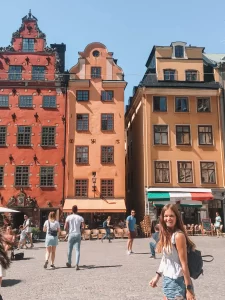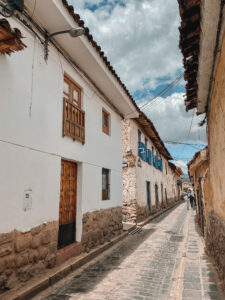Let me preface this by saying that one day in Tokyo is not nearly enough time. You could spend weeks in this city and feel like you haven’t even scratched the surface — there is that much to do. With that being said, sometimes you’re restricted to a quick trip or layover and want to make the most of it. If that’s the case, read on for some of the best things to eat, see, and do in Tokyo in 24 hours.
Side note: I did all of these on a 24-hour layover for work, so it is possible to do them all in that timeframe! You’ll need to start early and hop around on the subway quite a bit, as Tokyo is a large city. It has one of the best public transportation networks in the world, however, so getting around is a piece of cake.
Disclosure: Some of the links below are affiliate links. When you purchase through links on my site, I may make a small commission (at no extra cost to you!).
Last updated: 9 January 2023
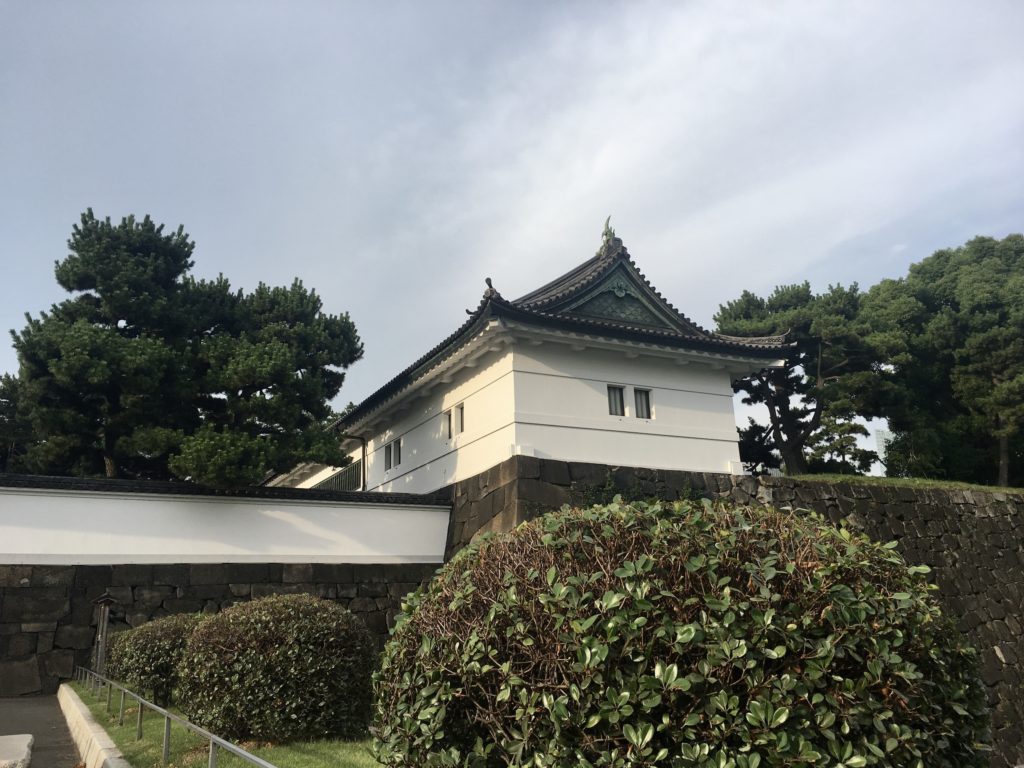
How to spend one day in Tokyo
Breakfast at Tsukiji Fish Market 築地市場
You’ll need to get a super early start if you want to catch the famous tuna auction at the Tsukiji Fish Market. There are 120 spots available for the public to watch the famous fish sale, which starts as early as 4 am. On the bright side, it’s maybe the best way to nip your jet lag in the bud!
If you like sushi, you’ll want to stick around for breakfast at the market, which is the best place in Tokyo to get fresh sashimi. Most shops and restaurants are only open from 5 am to 2 pm — I got there around 6 am and there was already a line out the door.
There are tons of restaurants at the Tsukiji Market, but even if you don’t like raw fish, it’s worth coming to stroll down the streets and soak in the commotion.
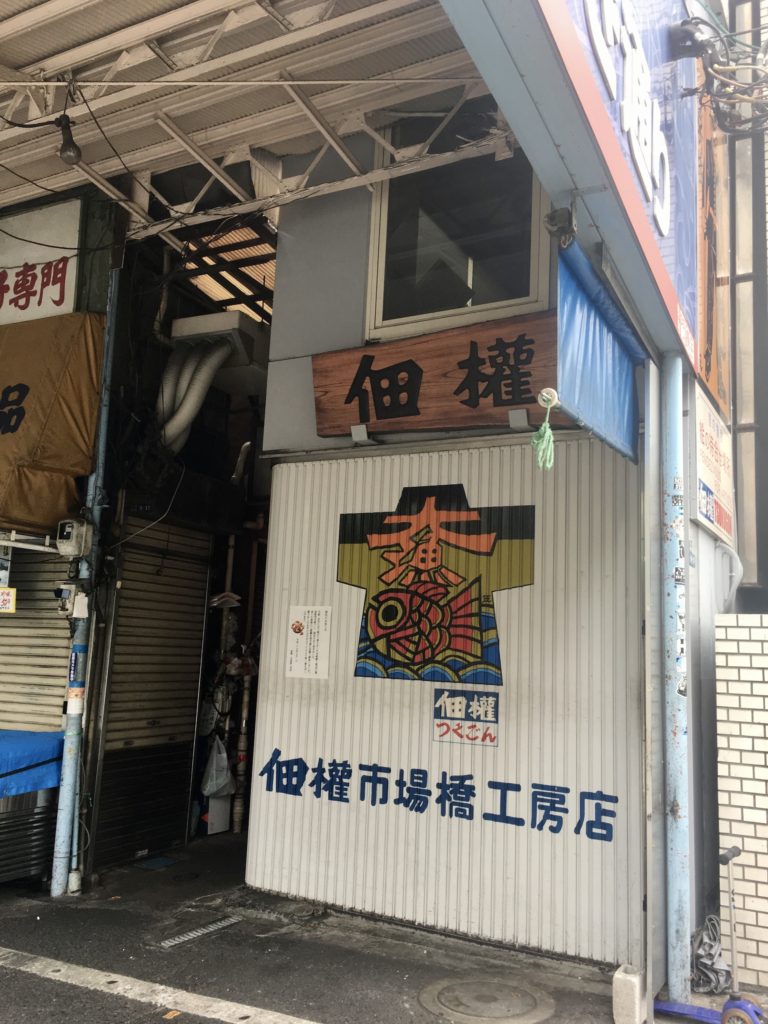
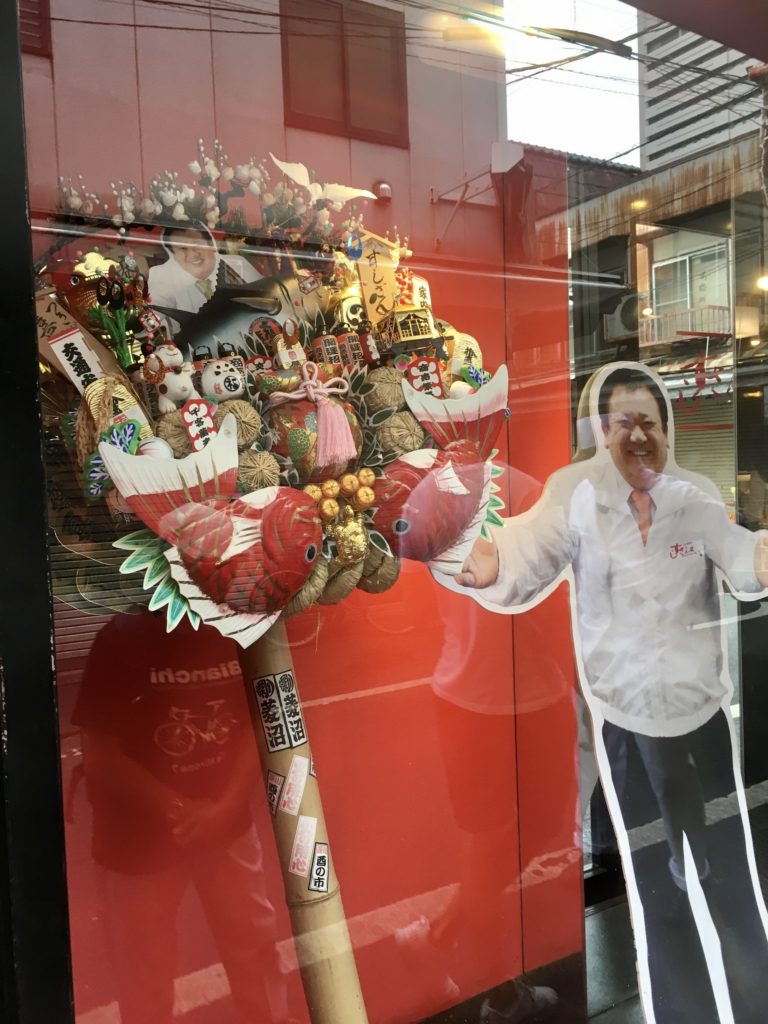
Visit Asakusa District
After your early morning sushi fix, head over to the nearby Higashi-ginza Station. You’ll take the Toei Subway Asakusa Line to Asakusa Station.
Asakusa is a district in Tokyo with several temples and festivals that are held throughout the year. Unlike other neighborhoods like Shinjuku or Harajuku, Asakusa represents a more traditional Tokyo. Its most famous temple, Sensō-ji, is an ancient Buddhist temple and Tokyo’s oldest, making it a popular spot with tourists.
There is a lot to do in Asakusa, including walking the grounds, shopping along Nakamise Dori Street, and eating at one of the many nearby restaurants.
Want a private tour? Hire a local guide!
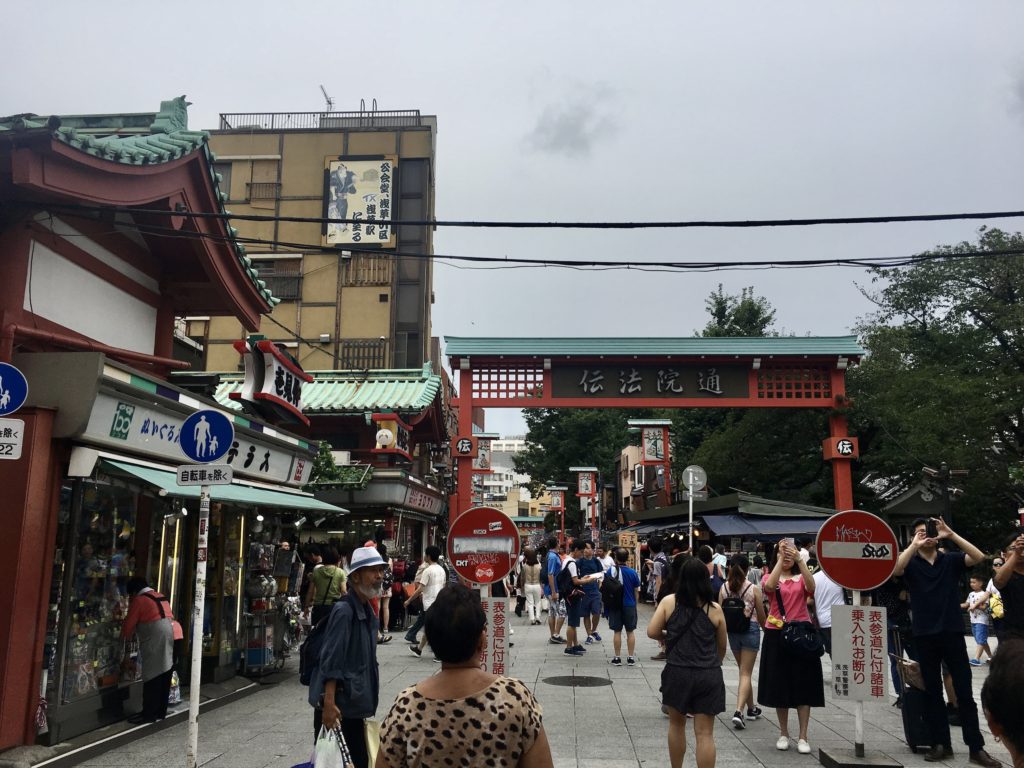
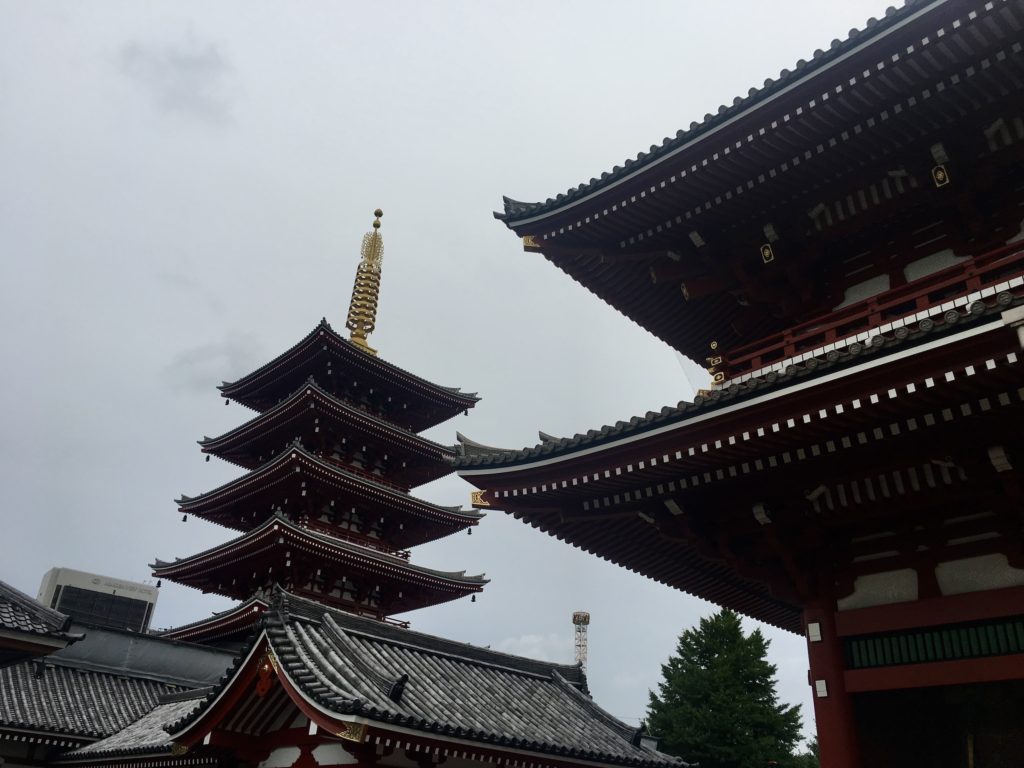
Tie an Omikuji fortune at Sensoji Temple
Omikuji are fortune-telling papers that you get randomly from shaking a box of numbered sticks at temples and shrines. The results range from great blessing to great curse. If you receive a bad fortune, the idea is that you tie it to something nearby — some scaffolding, poles, a tree, etc. — to leave your bad luck behind.
Fun fact: there is a tradition of tying bad luck omikuji to pine trees. “Pine” sounds the same as the word “wait” in Japanese (pronounced matsu) — meaning your bad fortune will wait near the tree instead of following you home. How punny!
If you’re lucky enough to get a good fortune, it’s common to keep it for a while instead of tying it up.
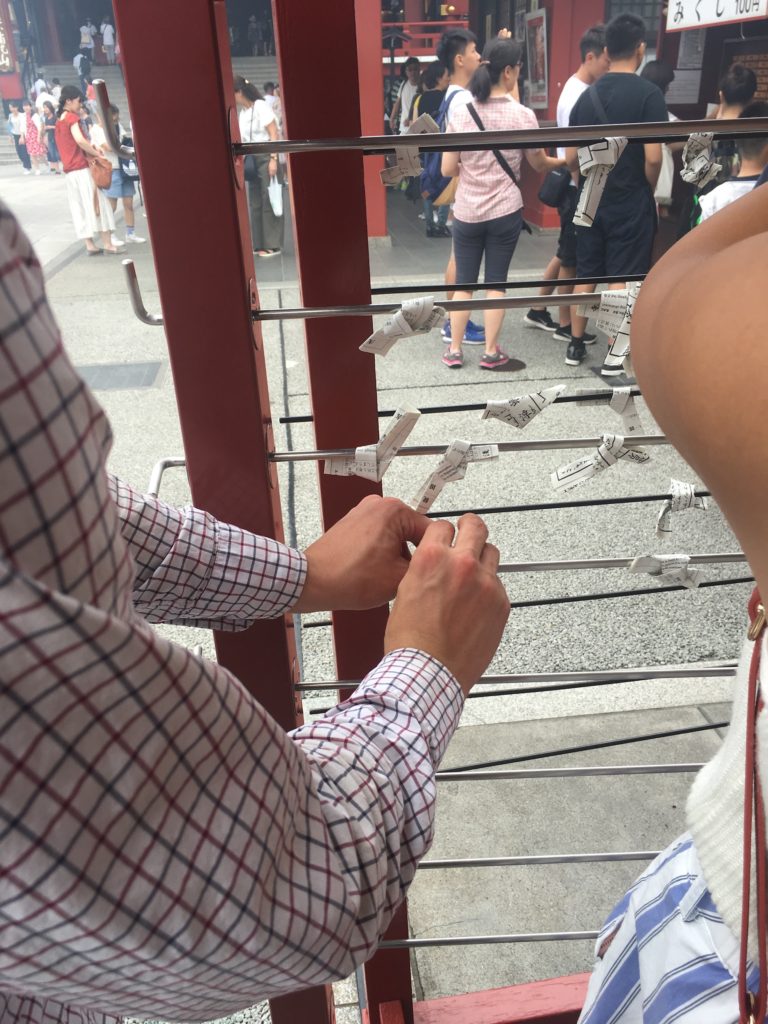

Tokyo Skytree
Getting a birds-eye view is always one of the best ways to take in a new city, especially when you’re short on time. From Asakusa, cross the Sumida River to reach the Tokyo Skytree, the tallest tower and third-tallest building in the world at 634 m (2,081 ft)!
There are two tiers of observation decks at the Skytree:
- Tembo Deck: ¥2,060 ($15.60 USD), 350 m (1,148 ft) high
- Tembo Galleria: ¥3,090 ($23.39 USD), 450 m (1,476 ft) high
Tokyo Imperial Palace
From the Skytree, head to Oshiage Station to take the Tokyo Station Hanzomon Line to Otemachi Station. There, you’ll find the Tokyo Imperial Palace, one of the top tourist attractions in Tokyo. The Palace is one of the best places to appreciate traditional Japanese architecture while escaping from the chaos of the day.
Tokyo Imperial Palace itself isn’t open to the public, but the East Garden is worth visiting to appreciate the well-manicured grounds. You’ll see bonsai plants, stone bridges, and cherry blossoms if you’re visiting in the spring. Nijubashi Bridge in particular is a stunning sight to see.
Shinjuku
When you think of modern-day Tokyo — the neon lights, the robots, the futuristic buildings — you’re probably imagining Shinjuku. This neighborhood is super cool and super wild.
From Sakuradamon Station, take the Yurakucho Line to Shinjuku Station. The best way to explore Shinjuku is by wandering around and ducking into any streets you find interesting. Part of Tokyo’s magic is getting lost in the hustle and bustle and finding random gems that you wouldn’t have found otherwise!
By now, you’re probably getting hungry again. Try the famous Robot Restaurant, or take one of these guided food tours!
Harajuku
From Shinjuku, the notorious Harajuku neighborhood is only a 25-minute walk away. Home to edgy Japanese youth culture and trendy shops, Harajuku is a great place to stop on your self-guided walking tour from Shinjuku to Shibuya.
Things to do in Harajuku:
- Yoyogi Park: One of Tokyo’s largest parks with Meiji Jingu Shrine
- Nanzuka Underground: Contemporary art gallery
- Shop for high-fashion pieces: Or just admire the Harajuku girls’ street style
- Totti Candy Factory: For the Instagram-famous cotton candy (you know the one!)
Check out Shibuya Crossing
From Harajuku, Shibuya is a quick 15-minute walk. This intersection is often called the busiest pedestrian crossing in the world (and for good reason). It sits right outside of the Shibuya Station metro exit and frequently has over 3,000 people crossing at once.
There’s a good elevated view of the crossing from the second floor of the Starbucks on the corner. Grab a seat by the window and people watch for a bit of a break from exploring.
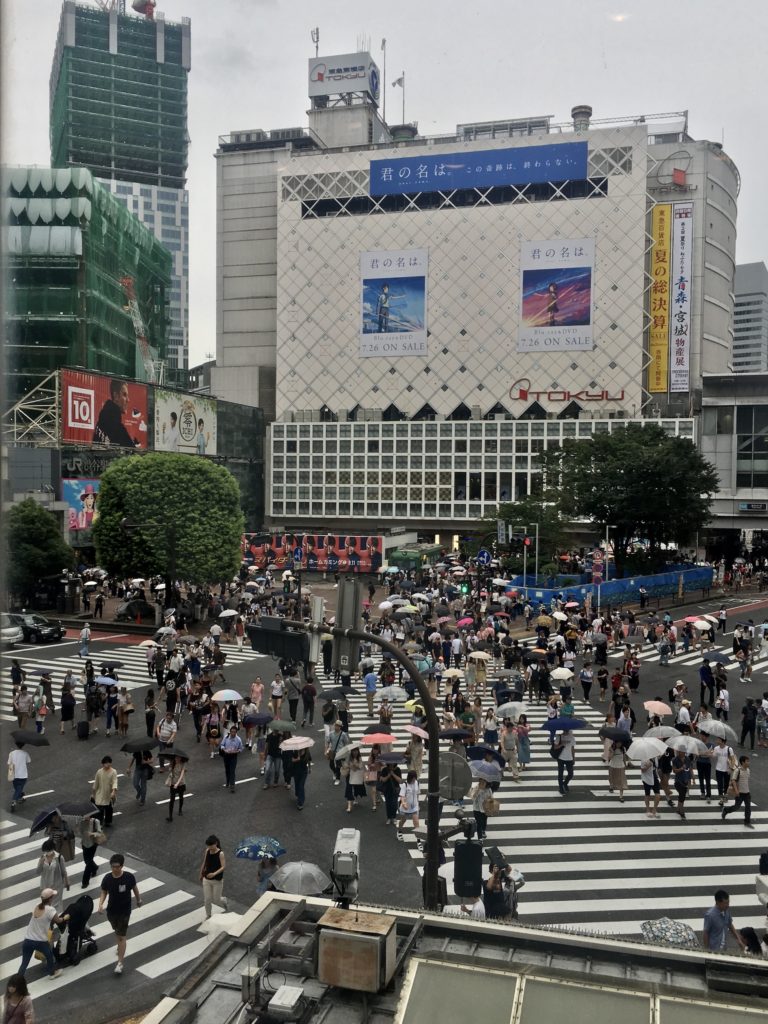
Go up the Tokyo Tower
End your 1-day itinerary with another great view of the city, this time at night! Inspired by the Eiffel Tower in Paris, the Tokyo Tower is Japan’s second-tallest structure at 333 m (1,092 ft) tall.
The Tokyo Tower’s observation deck lets you get panoramic views of central Tokyo. It’s the perfect place to get a feel for what the city is like at night, especially if it’s your first visit.
Tickets can be bought online for ¥1,200 ($9 USD).
Just a short walk away from the base of the tower, you’ll find these other neighborhoods and attractions as well:
- Roppongi Hills: An entertainment district with a lively night club scene
- Shiodome: High-rise hotels and chic bars and restaurants
- Zojoji Temple: Buddhist temple housing the tombs of former shoguns
- Atago-jinja Shrine: Shinto shrine
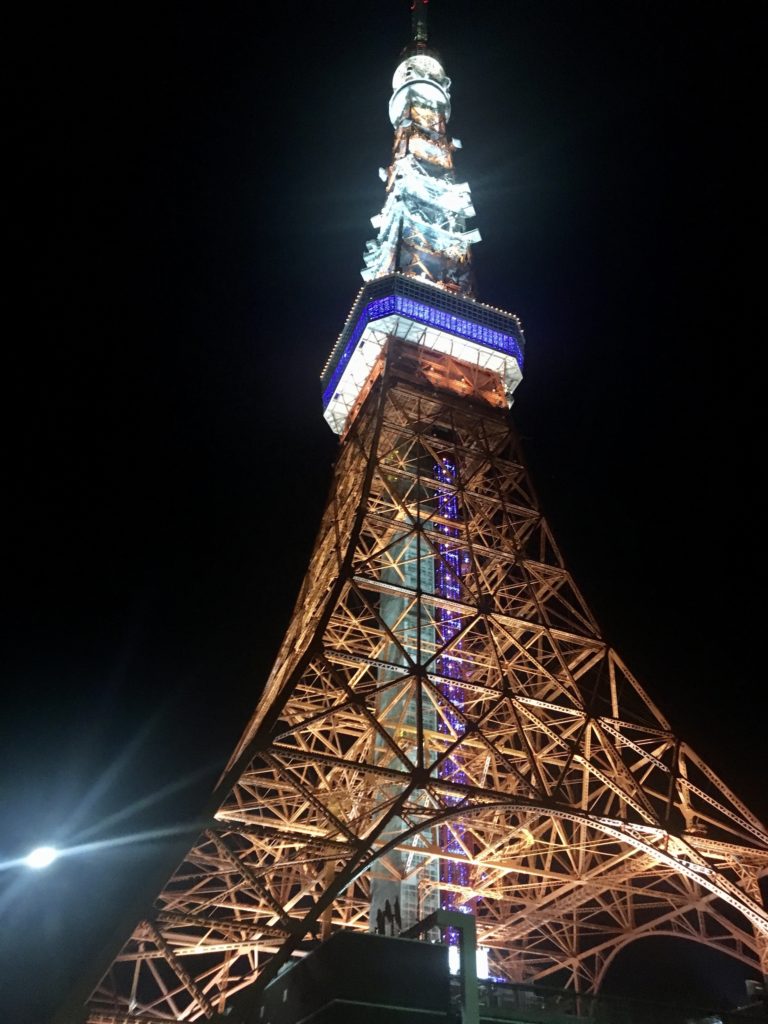

Check out some more 24-hour city itineraries!
Amsterdam, NetherlandsDubrovnik, Croatia
Frankfurt, Germany
Stockholm, Sweden
Reykjavik, Iceland
What to eat in Tokyo
Ramen
It seemed like almost every restaurant we passed served some sort of ramen: from tonkatsu, to soupless tsukemen, to super spicy and everything in between. Ramen is a must-try dish when in Tokyo, and you can’t really go wrong wherever you end up. The most popular spots will have lines out the door, so if you’re set on getting the best ramen, be on the lookout for lots of people.
Here are some popular ramen spots in Tokyo:
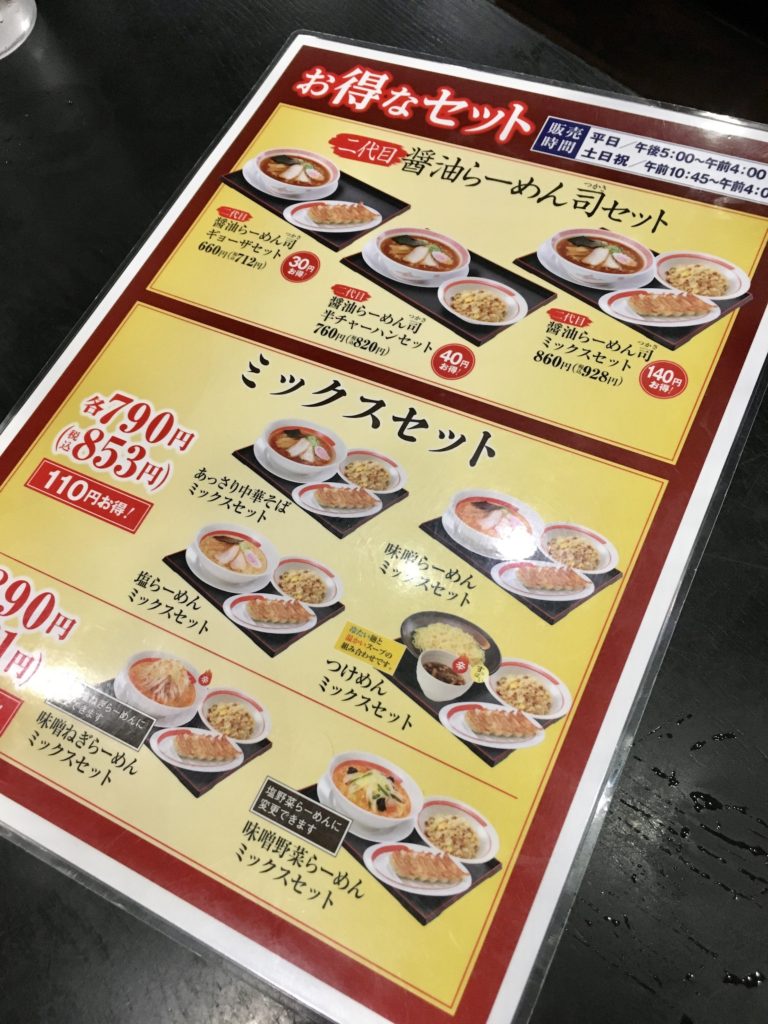
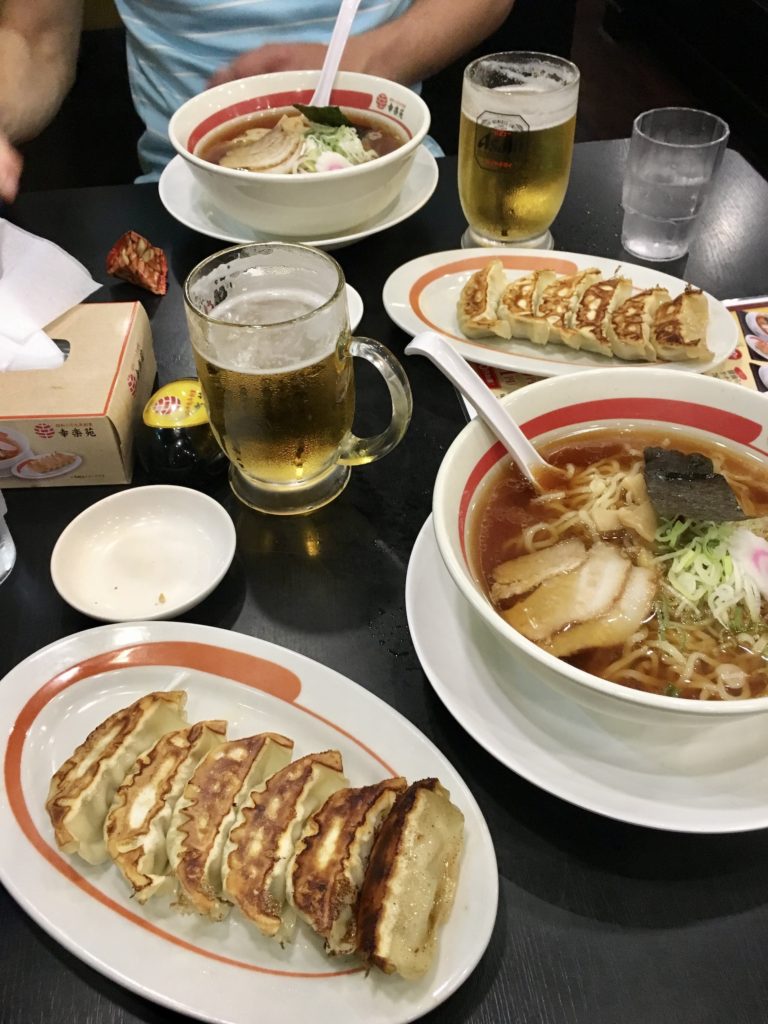
Sushi
When my travel companion, Louis, told me he wanted to wake up at 6 am to get sushi, I was both appalled and intrigued. As a sushi lover, I was down for the sushi part, but not so much the early wakeup. Partly out of curiosity and partly out of hunger, I agreed to go. When we got there the next morning, I was amazed to see that the restaurant was already packed! (Sushi for breakfast is just another reason Japan > everywhere else.)
We went to Sushizanmai in the Tsukiji Fish Market. It’s a chain restaurant run by Kiyoshi Kimura, also known as the “Tuna King” of Japan. He’s known for spending insane amounts of money on tuna at auction (like $3 million per fish insane). Sushizanmai is rated one of the best sushi restaurants in Tokyo, so I was very excited to try it out.
Needless to say, it was incredible. We sat at the bar and got to watch the chefs haul in fresh fish from the market next door. They slice it and prepare it into sashimi right in front of you. Wanting to try everything on the menu, I got a sampling platter. The steamy miso soup and fresh nigiri are a meal that I still daydream about.
Here are some other great sushi restaurants in Tokyo:
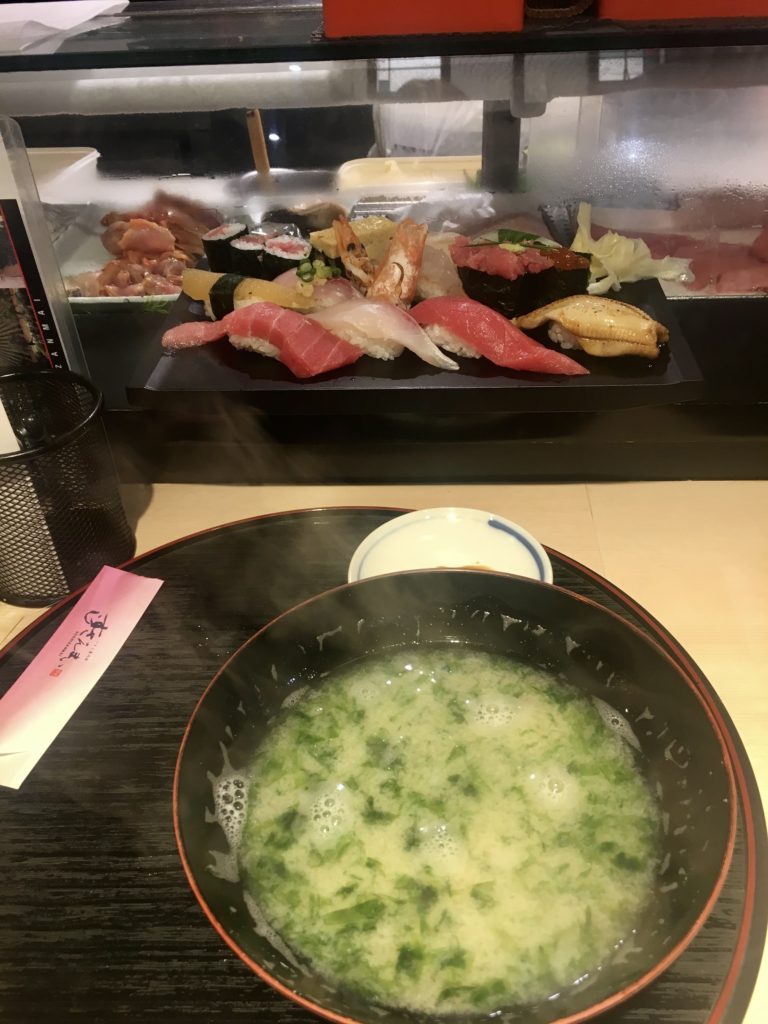
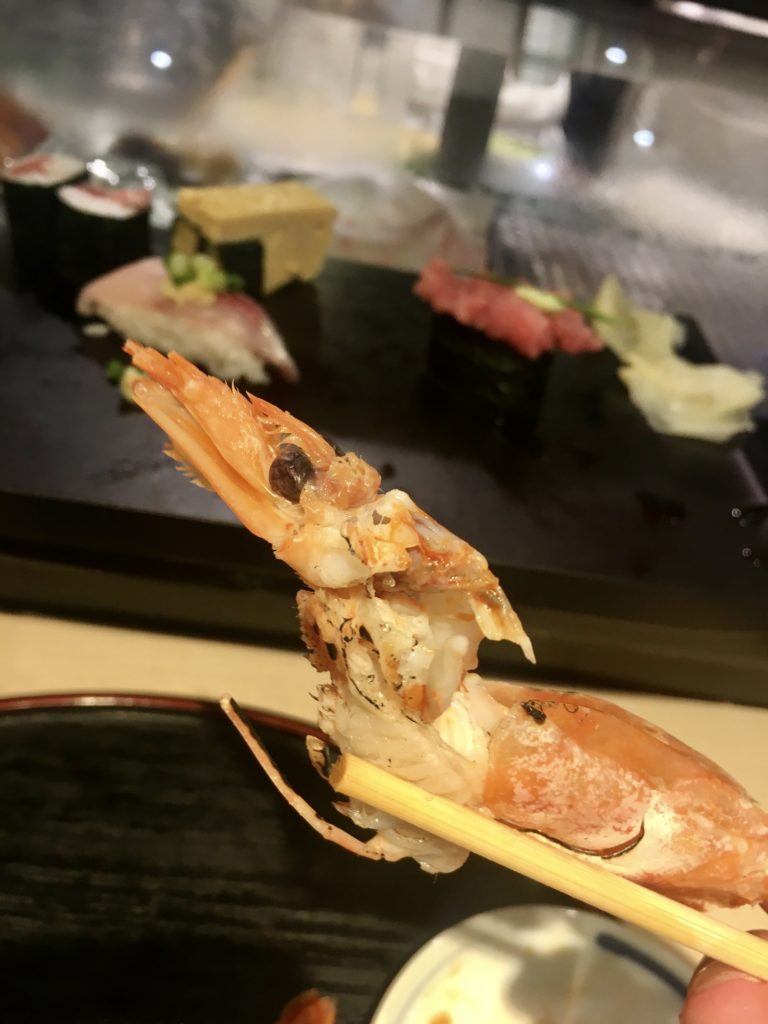

Street food
Tokyo has many different kinds of street food, both sweet and savory, sold on roving carts or in street-facing stalls. Some of the must-try specialties include ikayaki (grilled squid), taiyaki (fish-shaped cakes with filling), and takoyaki (octopus dumplings). Just outside of the fish market, there are heaps of different vendors and foods to try, so make sure to save some room after your sushi to sample them.
Where to get street food in Tokyo:

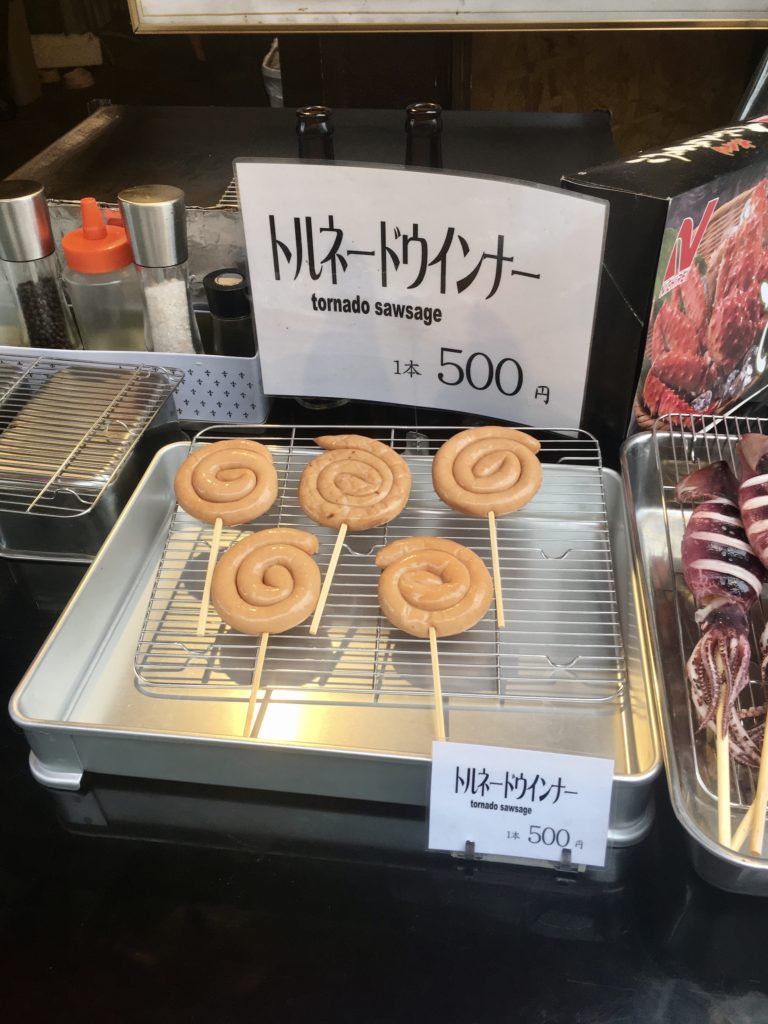
Book activities in Tokyo
How to get to Tokyo
By plane
Tokyo has two major airports: centrally-located Haneda Airport (HND) and Narita Airport (NRT) in the neighboring prefecture of Chiba.
From Haneda, you can get to downtown Tokyo via train, bus, or taxi. There are express trains from each terminal in the airport to Shinagawa Station on the JR Yamanote Line. Alternatively, you can take the monorail to Hamamatsucho, which is closer to Tokyo Station. Both trains take about 15 minutes to get downtown. There are two bus options: Limousine Bus and Keihin Kyuko Bus. These both take around 45-60 minutes.
Narita Airport is about 50-60 km (31-37 mi) from Tokyo’s city center. You can get to downtown Tokyo via train, bus, or taxi. The Narita Express train option is the quickest way, taking between 50 and 80 minutes. Buses are another cheap and quick option, stopping at other major stations, hotel districts, and sightseeing areas. Taxis are convenient but will be the most expensive option.
If you have a connecting flight arriving in Haneda and departing out of Narita (or vise versa), you can take the direct Airport Limousine Bus. The journey should take around 90 minutes.
By train
If you’re coming to Tokyo from other parts of Japan, the shinkansen (bullet train) is a great option. These sleek and speedy express trains have a network of connections throughout the country, making travel to Tokyo very convenient.
How to get around Tokyo
Tokyo has one of the nicest and most convenient subway systems in the world. With over 280 stations, the Tokyo metro can get you to almost any destination within the city quickly and easily.
If you’re spending at least 24 hours in Tokyo, it’ll pay to get an IC card. IC cards can be used on any major rail or bus services throughout Tokyo. They’re prepaid and rechargeable, meaning you can top them up on the go if needed. Alternatively, you can buy a 24-, 48-, or 72-hour subway ticket from GetYourGuide. These tickets are good for the Tokyo Metro and Toei subway lines only.
Side note: Tokyo’s subway lines aren’t operated by Japan Rail (JR), so you won’t be able to use your JR Pass.
One day in Tokyo FAQ
Is one day in Tokyo enough?
If your goal is to see everything Tokyo has to offer, then no, one day in Tokyo is definitely not enough. A one day Tokyo itinerary is long enough to get a good taste of the city, though. You’ll have time to see a few of the most popular places, eat some delicious food, and get a feel for the city’s vibe.
How many days should you spend in Tokyo?
For first-time visitors, I’d recommend spending at least 3 or 4 days in Tokyo. Realistically, you could spend a month or longer here without feeling like you’ve seen everything. For most people, though, 3 or 4 days is enough time to see most of the main attractions.
Can you visit Tokyo on a layover?
Yes, you can visit Tokyo on a layover, as long as you have enough time!
You should have at least 6 hours between flights to attempt to see Tokyo on a layover. Once you factor in travel times from the airport to the city centre, that will give you around 3 or 4 hours to explore before having to head back in time for your flight.
When is cherry blossom season in Tokyo?
Cherry blossom (sakura) season runs from approximately late March to early April. During this time, the city transforms into a magical pink wonderland. Here are a few of the best places to catch the cherry blossoms in Tokyo:


By following these suggestions, you’re sure to have a jam-packed day of exploring. Although this is by no means an exhaustive itinerary, you’ll get a small taste of Tokyo’s main attractions and cuisine. Although spending more time here would be preferable, 24 hours in Tokyo is always better than nothing.
Check out my other travel guides here!
xoxo Niki
